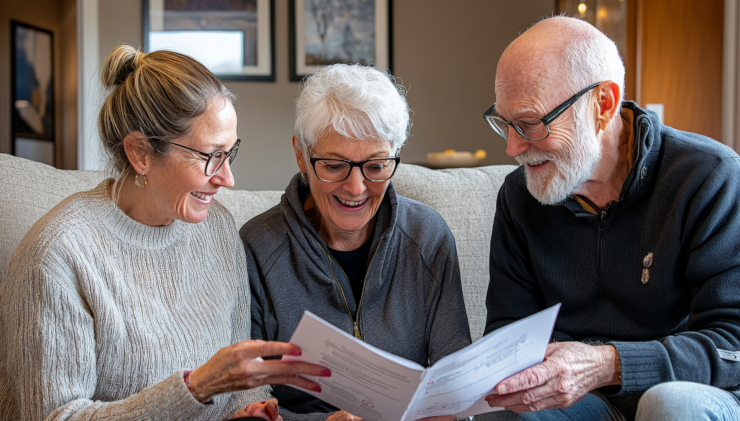 Why Home Care Agencies Need a Safety Plan
Why Home Care Agencies Need a Safety PlanHave you read Being Mortal Illness, Medicine and What Matters in the End, by Atul Gawande? It’s insightful, particularly if your business involves caring for older people. The main message of the book is that living a good life – all the way to the end – is what matters most. But, what does it take to live a good life all the way to the end? What are the factors at play in care facilities that cause residents to lose their spark and will to live?
Gawande explores these questions in detail, and finds that care methodologies are often at odds with patients’ and residents’ emotional needs. For example:
- Safety is paramount so care providers often implement rigid routines for waking, dressing, feeding and administering medicine. However, elderly people value autonomy and making their own decisions so they prefer to manage their own schedules without impositions from others.
- Time is of essence so in some cases care providers do things for the elderly (like buttoning shirts) that older people would actually prefer to do for themselves.
- Older people greatly benefit from the opportunity to care for pets and live plants. However, having a facility full of pets and live plants increases the load on the staff, and can make it harder to maintain sanitary conditions.
The book highlights the experience of Chase Memorial Nursing Home in New York, a care facility with 80 disabled elderly residents. In 1991, the new doctor in charge, Bill Thomas, noticed despair in every room and a general lack of vitality. He applied for and received a grant that allowed him to bring in 100 birds; two dogs; four cats; and a live houseplant for every room. Everyone warned that the result would be a chaotic, zoo-like environment, but Thomas proceeded anyway. The real result? Residents came alive. After two years, the study found that the facility’s prescriptions required by the resident dropped to half that of the control nursing home. Total drug costs dropped 38 percent. Deaths dropped by 15 percent.
As with anything, balance and flexibility are key. Like every senior, every senior care facility and home care providing business is unique. What works for one business may not work for another.
There is one constant. Proactively preparing for and preventing losses is essential, particularly when you try new things like Dr. Bill Thomas. Care facilities share some common potential liabilities. For example, what if a patient accuses a nurse of sexual molestation? What if your team is involved in a motor vehicle accident during patient transport? What if a worker is stuck by a needle? What if a data breach exposes your residents’ personal data? Any one of these scenarios could turn into a crippling financial loss for your business – and put those you care for in jeopardy of losing your services.
The key is to find a risk management partner that treats your company as unique. When you want to make changes, you need a partner to help you proactively assess the pros and cons – someone who will point out the potential risks – and who will also help you mitigate them.
At Heffernan Insurance Brokers, we know caregiving risk management better than most. Our 15-member team is involved with leading associations across the country, and we’ve developed many specialized caregiving insurance programs. Let us provide you with a tailored risk management experience so you can continue to provide your clients the care, security and personalization they deserve. Learn more about our senior living insurance and home care insurance programs today.




